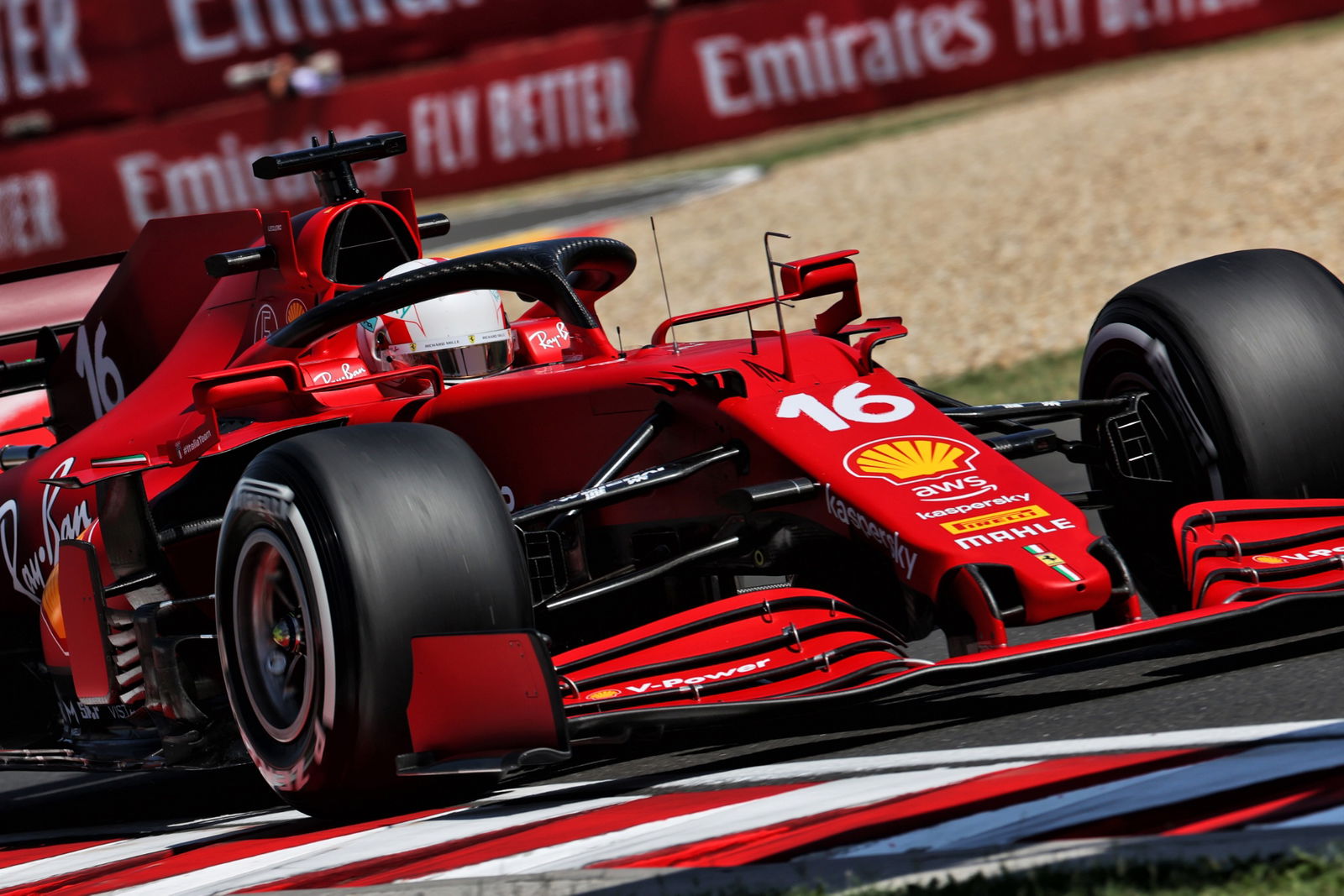How Red Bull turned its 2020 'mistakes’ into success in F1 2021

Windtunnel correlation troubles meant Red Bull spent the majority of the 2020 season playing catch up to Mercedes as it brought regular updates in a bid to understand its RB16 challenger and address its car problems.
Having worked hard to cut the gap over the winter, Red Bull has found itself in a much stronger position amid an ultra-close battle with Mercedes for both world championships, having won six of the opening 11 races in 2021.
Reflecting on the season so far in a wide-ranging interview published on Red Bull’s official website, Newey shed light on the team’s development that has helped propel it into championship contention for the first time since 2013.
“To go back a little way, when we moved from the RB15 of 2019 to the RB16 last year, there were some things on the car that we didn't fully understand,” Newey said.
“Even with the wind tunnel programme and all of our simulation tools there are still things that can trip you up, and that’s exactly what happened at the start of 2020. It took a bit of time to understand and get on top of those issues.
“The benefit of that – as is often the case – is that you learn things that you wouldn’t otherwise have learned. You get more out of the mistakes than you do the good things.
“I think that stood us in good stead for what we did over the winter, and those developments have got us to where we are now.”

In addition to regulation changes to the floor area in F1’s bid to reduce downforce levels over the winter, a development freeze between 2020 and 2021 meant teams had to be selective about which areas of their cars they focused on through the introduction of a new token system.
Red Bull elected to spend its tokens on improving the gearbox and rear suspension of the RB16B, something the team felt had been a weak spot on its 2020 predecessor.
“We had a mid-sized regulation change over the winter in terms of some aerodynamic restrictions around the floor and the back of the car,” Newey explained. “It wasn’t a major change, but it did require some optimisation of the car to go with it.
"We chose to spend our [tokens] on the gearbox casing, which also allowed us to change the arrangement of the rear suspension. That was the one thing I didn’t feel had worked very well on the RB16.”
With pre-season testing cut to just three days of running, Newey said Red Bull did not know for certain whether the changes had worked as hoped and had to wait until the season-opening Bahrain Grand Prix for confirmation.
“I think those changes bought us a reasonable step forward,” he added. "When we got to Bahrain it looked like we’d read the regulations on the aerodynamic restrictions reasonably well.
“Checo, of course, hadn’t driven the RB16 but Max instantly felt the new car was a decent step from the previous one and was very complimentary.
“Coming out of the test we felt we had a competitive package – but you never really know where that’s going to be. You don’t know what engine modes people were running, what fuel loads they had in and so on – trying pre-season to understand where you really are is a minefield.
“It took the Bahrain Grand Prix to confirm that yes, were competitive. We didn’t win that one – but it’s been nip and tuck since then.”
Red Bull heads into the second half of the season trailing Mercedes by 12 points in the constructors’ championship, while Max Verstappen sits eight points behind title rival Lewis Hamilton in the drivers’ standings.


